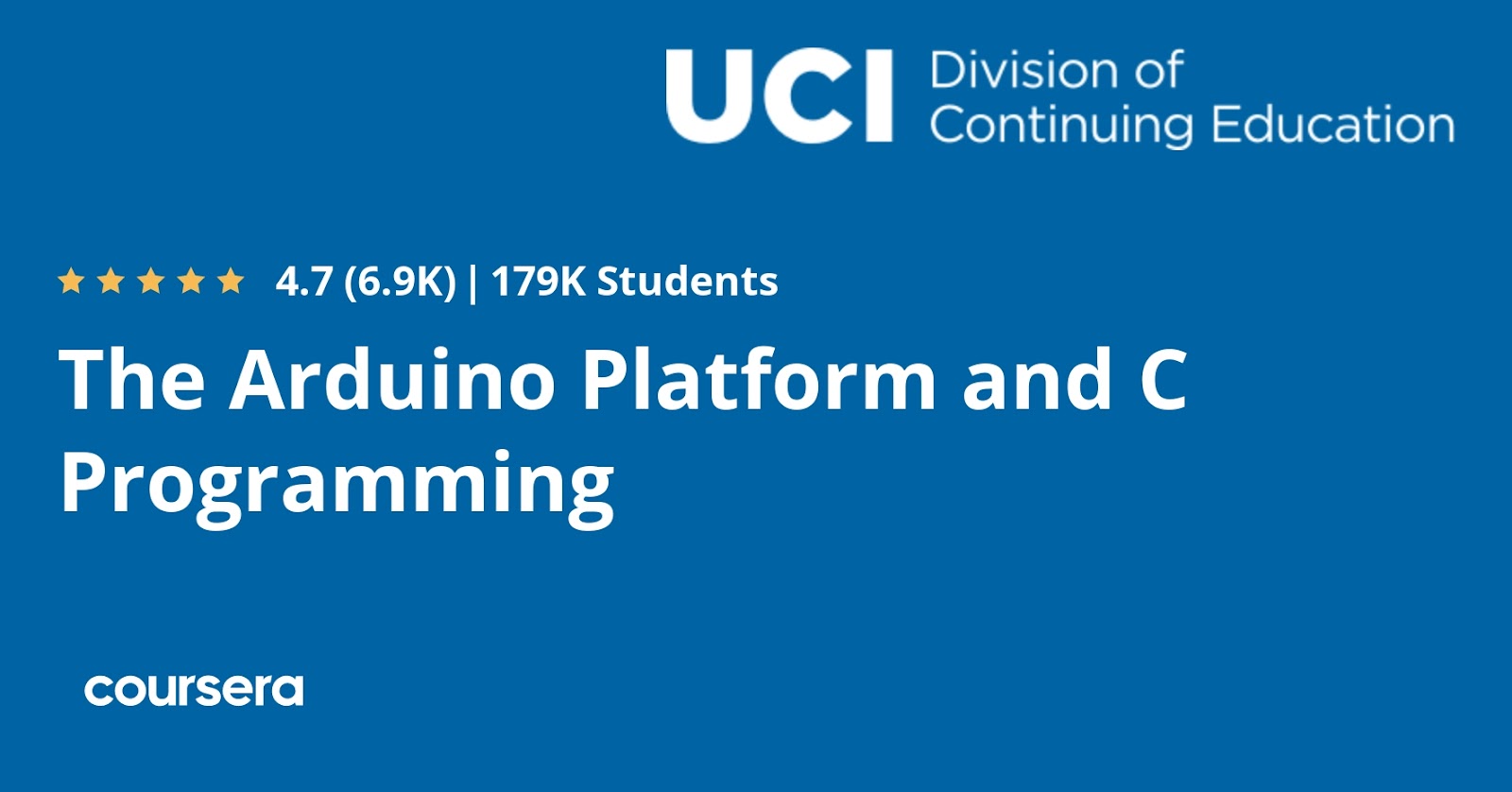Is Introduction To Programming the Internet of Things (IoT) Specialization Worth it?
The IoT Specialization aims to equip learners with the skills and knowledge necessary to develop IoT applications, work with sensor data, and build connected systems. Through a series of courses, learners will explore key concepts such as embedded systems, data management, cloud connectivity, and IoT security. By the end of the specialization, participants should have a comprehensive understanding of IoT programming and be able to create their own IoT solutions.
To assess the worthiness of this specialization, we will consider several important factors. Firstly, we will evaluate the quality and relevance of the course content. Coursera is known for partnering with reputable institutions and industry experts, ensuring that courses offered are well-designed, up-to-date, and provide valuable insights into emerging technologies. By assessing the syllabus, course materials, and reviews from past learners, we can gauge the depth and practicality of the specializations' content.
1. The Instructors Review
The instructor for this course is Ian Harris, and he created over eight courses in Coursera and taught more than 400k students. He received his bachelor's degree from the Massachusetts Institute of Technology (MIT) in 1990. He worked as well in the Undergraduate Education in the Computer Science Department at the University of California.
2. Course Content
2.1. Introduction to the Internet of Things and Embedded Systems
Starting the course with an introduction to this buzzword is known as the internet of things and how they work and some examples of IoT like smart refrigerators and the difference between the IoT devices and the computers we use every day.
Then you learn about embedded systems, which are things like micro-controller designed to perform a specific task, and learn about the hardware and software and how they work together and the networking.
2.2. The Arduino Platform and C Programming
This section will teach you about the Arduino, an open-source hardware device used by people to create things like home automation. You will then learn the C language, which is used to develop the program of this hardware, and you will learn first its basics such as variables and loops and then move to use this language to integrate it with Arduino and get the data from its pins. Finally, learn how to debug the embedded systems on the Arduino.
2.3. Interfacing with the Arduino
This section will teach you the hardware design of this device, and they will teach you the different components like diodes and switches that you need to use to build a simple circuit and put them together on the breadboard.
Then you will learn the various sensors and how they work and give you some information about the outside environment. And you will use the Arduino libraries to add extra functionalities to your device. Finally, you will extend the Arduino capabilities using the Arduino shields.
2.4. The Raspberry Pi Platform and Python Programming for the Raspberry Pi
This section will teach you another alternative for Arduino, called Raspberry Pi, how you can use it, the differences between them, and how to set up an operating system based on Linux. Next, you will discover this operating system and how you can navigate through its files and directories, and permissions.
This hardware uses python language to interact with the outside environment like C in Arduino, so you will learn this language and how to communicate with devices using the Raspberry Pi pins.
2.5. Interfacing with the Raspberry Pi
You will learn how to use the Raspberry Pi interface, connect to the internet, use the secure shell and the SSH connection, and understand the different internet protocols. Then you will learn about the socket connection and sending data using the python language and use various online services to connect with them using their API with python language, such as connecting this device with your Twitter account and sharing tweets. Finally, connect your Raspberry Pi with cameras using picamera library and more.
2.6. Programming for the Internet of Things Project
This last section will demonstrate your skills in building and designing a micro-controller-based embedded system. You will develop a system that anyone can build at a low cost and should solve a real-world problem, and you don’t need to purchase anything like a micro-controller or Arduino or a Raspberry Pi to complete this task.
Conclusion
In short, Yes, the "Introduction to Programming the Internet of Things (IoT) Specialization" on Coursera is worth it for individuals interested in IoT programming. The specialization offers comprehensive content, covering essential topics such as embedded systems, data management, cloud connectivity, and IoT security. With reputable instructors and institutions backing the courses, you can trust the quality of the material and benefit from their expertise.The specialization's emphasis on practical application through hands-on exercises and projects allows you to gain valuable experience and develop the necessary skills to build IoT solutions and work with real sensor data. Coursera's self-paced learning model provides flexibility, enabling you to study at your convenience and progress through the courses at your preferred speed.
Moreover, the growing demand for IoT professionals makes this specialization particularly relevant and valuable for career advancement. Completion certificates from reputable institutions hold credibility, enhancing your employability and demonstrating your commitment to continuous learning.
The market size of IoT devices is expected to grow around 1.6 trillion dollars in 2025. That means companies will invest more in this field, and you can also learn this field to create your product to solve people's problems based on the internet of things devices.








No comments :
Post a Comment